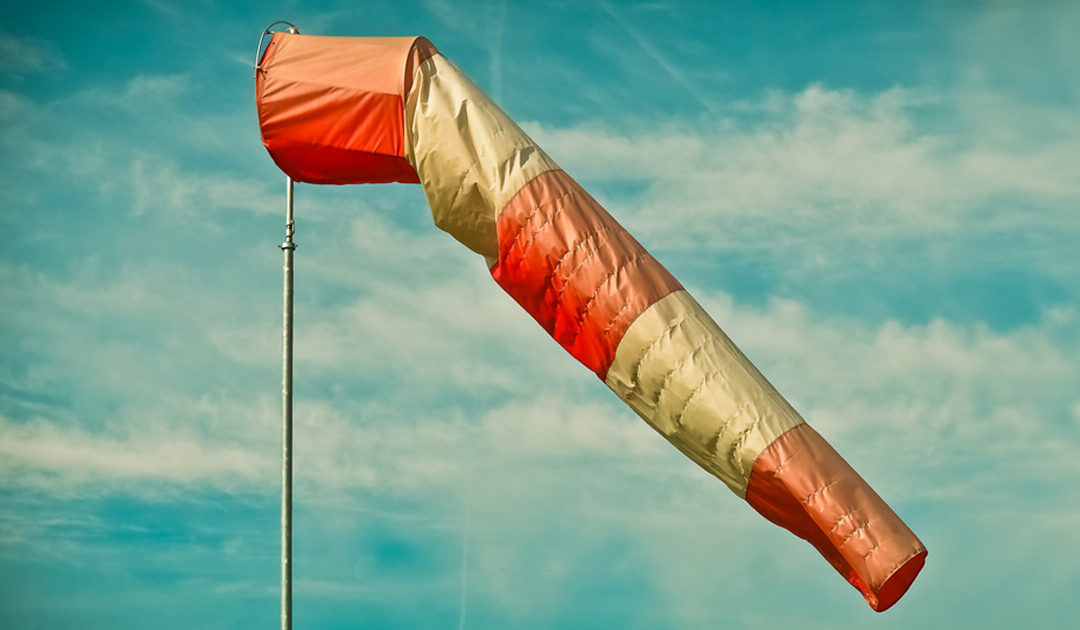To understand how climate change impacts wind, we first need to know how wind forms in the first place.
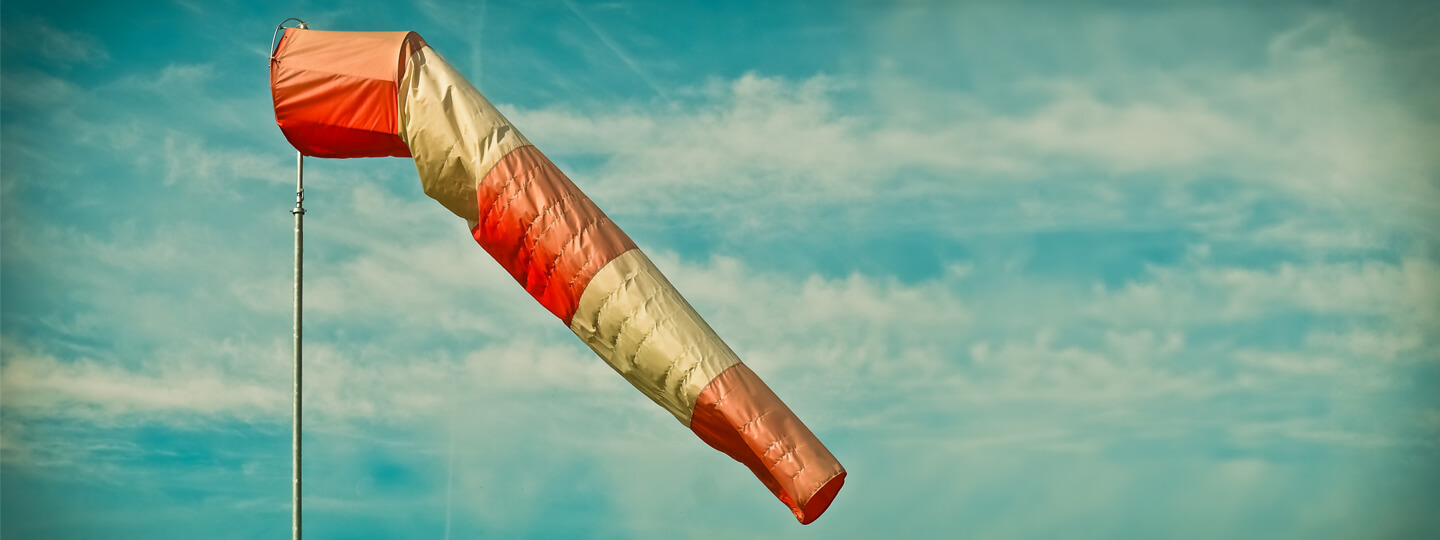

What’s Up with the Wind? Understanding Storms in a Changing Climate
May 9, 2025
Hollywood loves a good natural disaster movie – but lately, real life is writing the script. Intense storms, record-breaking winds, and unexpected weather events are becoming more common and they’re hitting closer to home than ever before.
On April 29, 2025, powerful winds ripped through Western Pennsylvania, tearing off roofs, knocking down trees and power lines, and even leading to three deaths ![]() .
.
More than 400,000 people in the Pittsburgh area lost power ![]() after winds reached up to 95 mph
after winds reached up to 95 mph ![]() . In response, Allegheny County declared a state of emergency
. In response, Allegheny County declared a state of emergency ![]() .
.
But this wasn’t just a one-off event. Are storms like this happening more often? What causes such extreme wind? And what can we do to stay safe and protect our environment?
Wind: An Overview
To understand how climate change impacts wind, we first need to know how wind forms ![]() in the first place.
in the first place.
It all starts with temperature. When the air heats up, it expands and rises. If you’ve ever avoided a hot attic or noticed your dog lying low on a hot day, you’ve seen this in action. On the flip side, cold air causes the air to condense, meaning more molecules get packed into a space. So cooler air sinks because it becomes denser ![]() and therefore heavier.
and therefore heavier.
The temperature of the air affects its pressure. As warm air expands and rises, it creates an area of low pressure. Colder temperatures result in areas of high pressure. And we know from physics that air moves from high pressure to low pressure; this movement of air is what you perceive as wind.
Here’s an example: Picture yourself at the beach. The sand gets hot quickly, but the ocean stays cool. As the warm air above the sand rises, the cooler air over the ocean rushes in to take its place causing a nice, gentle ocean breeze.
How Does Climate Change Factor in?
As global temperatures rise, more extreme weather occurs, including stronger and more frequent winds ![]() and rain. Warmer weather causes more water to evaporate, which adds moisture to the air. As that warm, moist air rises and meets air higher up, it condenses into clouds – and eventually creates rain.
and rain. Warmer weather causes more water to evaporate, which adds moisture to the air. As that warm, moist air rises and meets air higher up, it condenses into clouds – and eventually creates rain.
Temperatures have increased by 1.1°C (1.98°F) since pre-industrial levels (1850-1900) and are expected to hit 1.5°C (2.7°F) by 2040 ![]() . The warmer the air, the more moisture it can hold, increasing the rate and intensity of rainfall. Scientists have also recently demonstrated that for every 1°C (or 1.8°F) increase in temperature, there is a 2% acceleration
. The warmer the air, the more moisture it can hold, increasing the rate and intensity of rainfall. Scientists have also recently demonstrated that for every 1°C (or 1.8°F) increase in temperature, there is a 2% acceleration ![]() in jet stream winds, and we know that jet stream winds have an impact on surface winds
in jet stream winds, and we know that jet stream winds have an impact on surface winds ![]() .
.
Pittsburgh’s storm on April 29 included the formation of a downburst ![]() , caused by warm air that rises quickly during a storm, pulling moisture up with it. If the updraft is strong enough, rain can hang out high in the clouds
, caused by warm air that rises quickly during a storm, pulling moisture up with it. If the updraft is strong enough, rain can hang out high in the clouds ![]() . When it eventually falls, it drags cool air down with it, creating a strong downdraft. That rush of air slams into the ground and spreads out, causing damaging winds.
. When it eventually falls, it drags cool air down with it, creating a strong downdraft. That rush of air slams into the ground and spreads out, causing damaging winds.
Downbursts can be especially intense when the surrounding air is dry. That’s because rain cools the dry air even more, making it heavier and speeding up the downdraft.
Faster-moving air means stronger winds and the increased likelihood of damage from downed trees, power lines, and buildings.
What Can We Do?
Climate change might feel like a huge, far-off problem, but it’s already affecting our daily lives in real ways. While major changes in industry and energy production are needed to reduce carbon emissions, there are meaningful steps each of us can take to protect ourselves, support our communities, and reduce our environmental impact:
- Be weather-ready: Stay informed by signing up for local weather alerts
 and having a plan in place
and having a plan in place  for power outages and emergencies. Keep a basic emergency kit
for power outages and emergencies. Keep a basic emergency kit  at home with essentials like flashlights, batteries, water, and non-perishable food.
at home with essentials like flashlights, batteries, water, and non-perishable food. - Support and strengthen community resources: Check in on neighbors after extreme weather – especially older adults and people with disabilities. Volunteer with local shelters or relief organizations to help others recover from storms.
- Speak up: Talk to friends, family, and local leaders about why climate action matters. Support policies and initiatives that promote clean energy, better infrastructure, and disaster preparedness.
Small actions add up – especially when more of us are taking them. By preparing for extreme weather and making environmentally conscious choices, each of us can be part of the solution.

Stargazing: Noctilucent Clouds
Summer is the season to spot rare and luminescent Noctilucent Clouds. From May to early August, these ethereal clouds show their best displays thirty minutes after sunset or before sunrise. Home > Blog [acf...
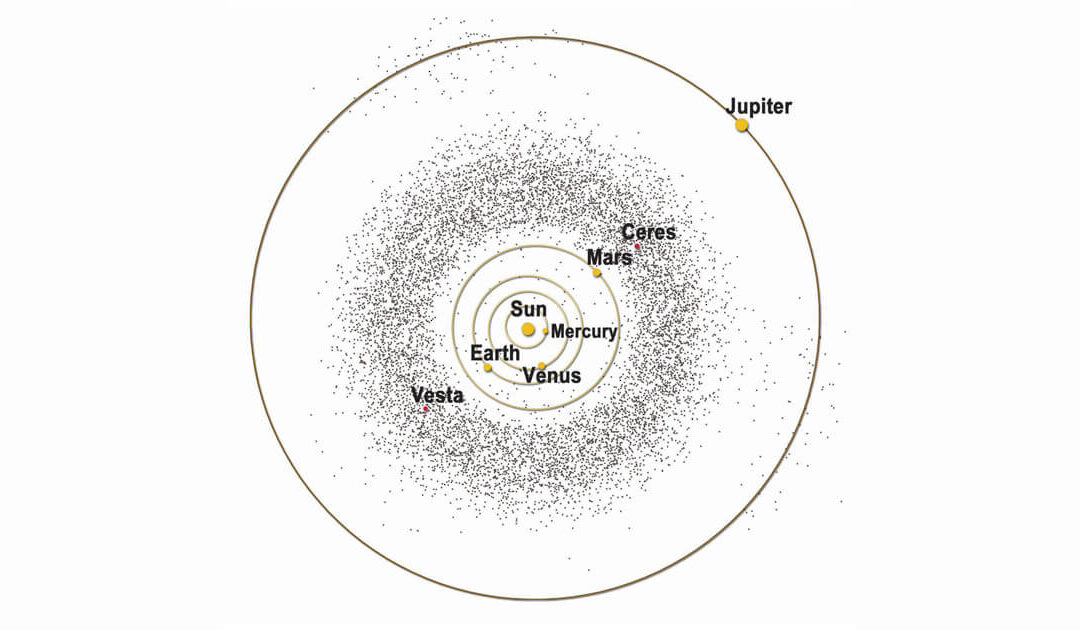
Stargazing: June 30 Asteroid Day – date of Siberian Tunguska Event; largest asteroid impact in recorded history
Pre-dawn hours of June 27 will bring peak opportunities to view June’s Bootid meteor shower. A thin crescent moon will enhance the chances of seeing meteors flash across the sky. Home > Blog ...

Stargazing: Solstice June 20– also, Moon-Saturn-Neptune close approach 5:45 a.m. June 18
Welcome summer! On Friday June 20 at 10:42 p.m. EDT, the sun will reach its northern-most point in the sky. Home > Blog Welcome...

Science Centered Profile: Joel Le Forestier, Ph.D.
Dr. Joel Le Forestier founded the Identity and Intergroup Relations Lab at the University of Pittsburgh in 2025 to study the effects of identity concealment. His research explores how hiding one’s identity can negatively impact health and social connection. His work...
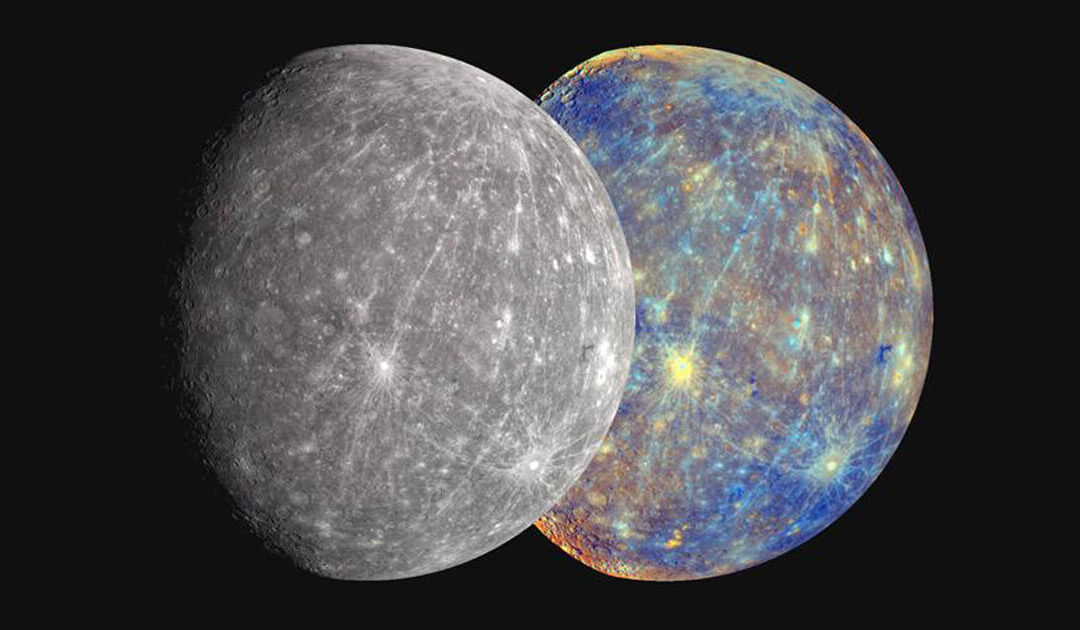
Stargazing: Mercury spotting from June 12-29
Mercury watchers will have several chances to view this elusive planet over the next two weeks. Since Mercury is the closest planet to the Sun, there is a small window in which it is visible. Home > Blog [acf...
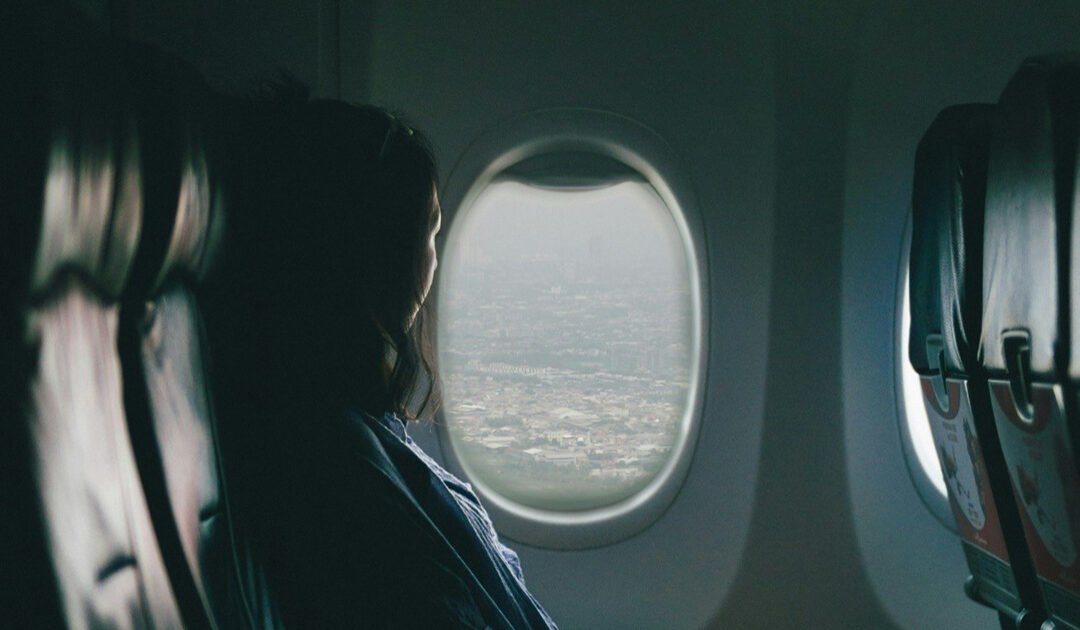
Anxiety is My Co-Pilot
Headlines have been filled with news of plane accidents and air traffic issues, reigniting anxiety about flying. Home > Blog June 5, 2025 by Robin Oliverio, Ph.D. Is it getting...

Stargazing: Surveyor 1 June 2 Moon landing 1966
On June 2, 1966, Surveyor 1 softly landed on the lunar surface, and NASA celebrated a significant success in the Space Race. Home > Blog ...
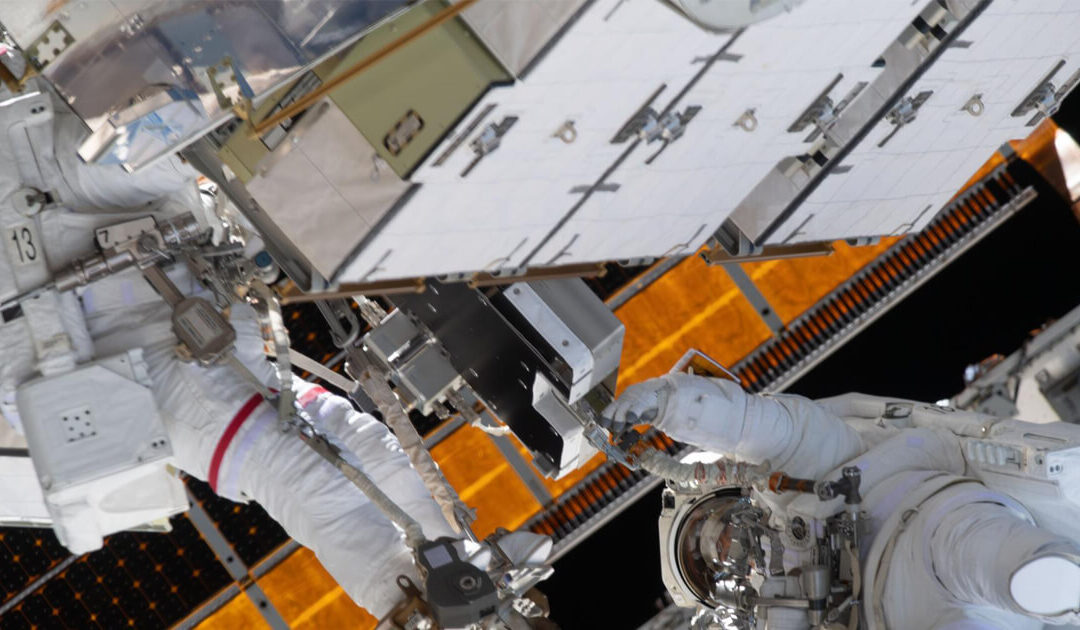
Stargazing: Ed White 1st American to walk in space/ISS’s first all-woman spacewalk
Sixty years ago, an American astronaut walked in space for the first time. At 3:45 pm on June 3, 1965, Ed White opened the hatch of the Gemini 4 mission and propelled himself into space. Home > Blog [acf...
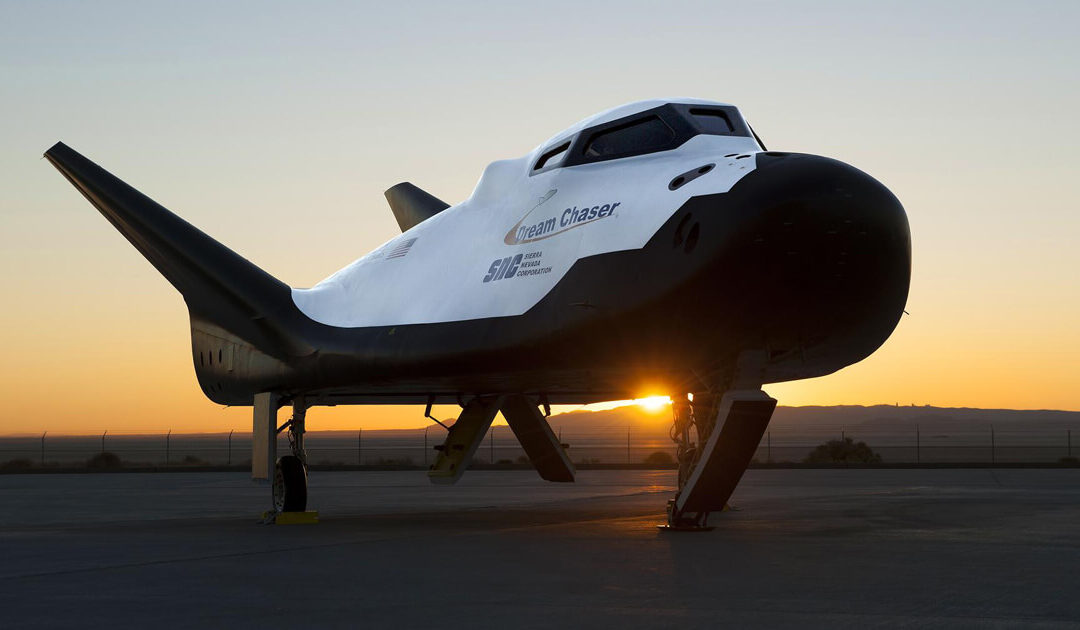
Stargazing: ULA Vulcan Centaur: Sierra Space Dream Chaser
A spaceflight first is poised to take place in May. Sierra Space Corporation, the private Colorado-based company, has been developing a reusable “spaceplane.” Home > Blog [sv...
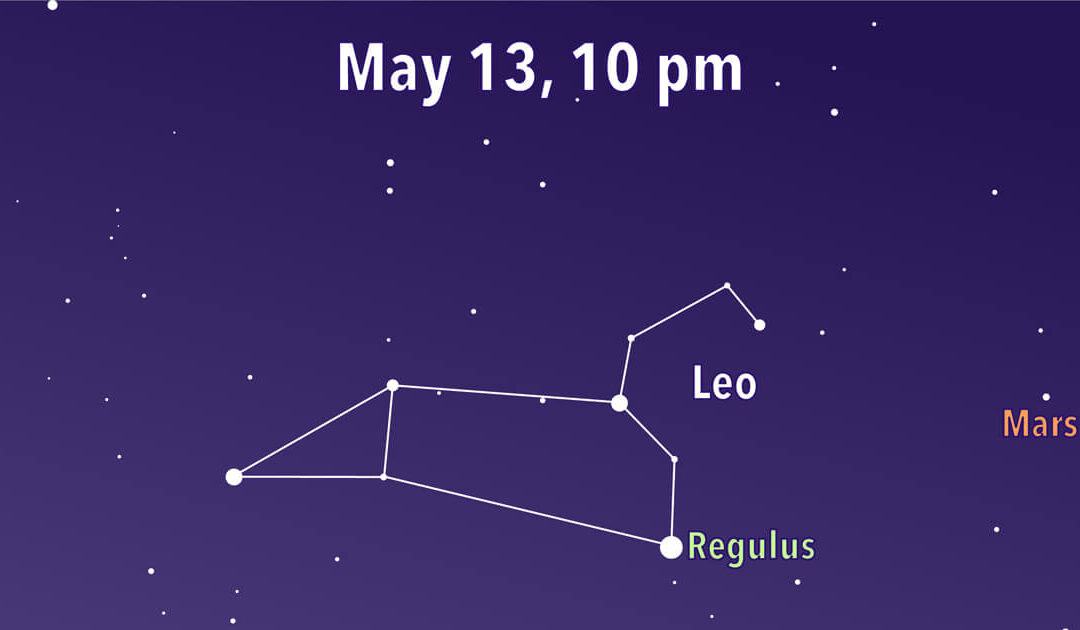
Stargazing: Leo the Lion still regal in the sky
Leo the Lion, the twelfth largest constellation, still regally rules the springtime heavens. It is easy to spot the distinctive backward question mark shape that creates the mane of Leo. A triangle of stars forms the hindquarters. Home > Blog [acf...


